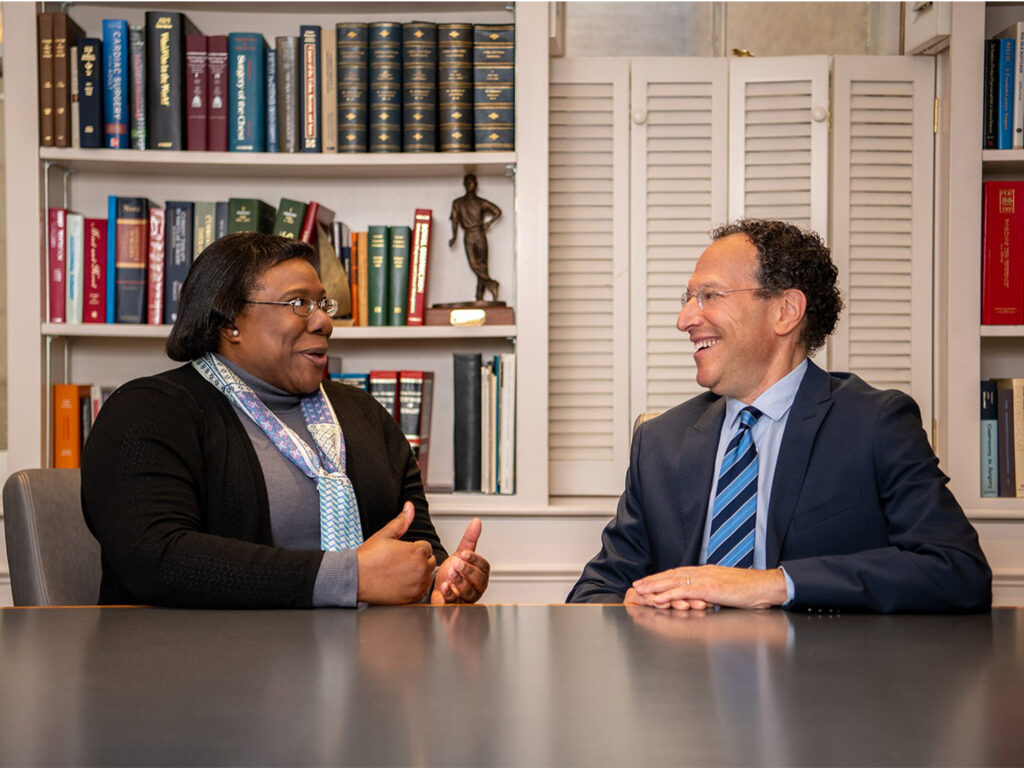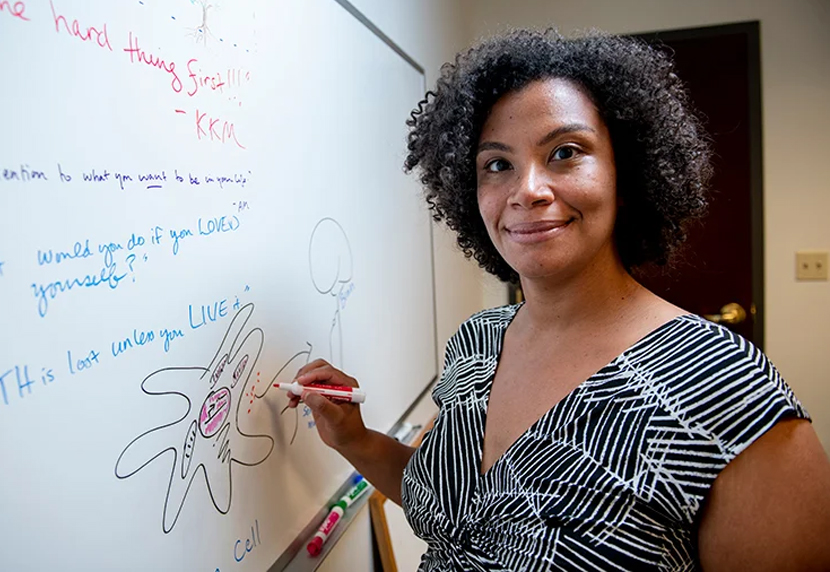Starting a new school year is always stressful for both kids and parents but never more so than this year, when everything will feel different. It’s not just a new school, classroom or teacher — though it could be all those things — for students who return in person, hallways will be marked with tape every six feet; classrooms will be spaced with desks far apart; and face coverings will be required for most kids. A whole new world, and lots of anxiety that comes with it.
Every step in the coming school year offers an opportunity for an ongoing two-way conversation with your child.
For parents naturally, there are concerns about safety, but the worst is not knowing what to expect, including whether the return to school will be in person, a hybrid in-person/remote learning model or full remote learning. And many parents had to choose one model or the other, not knowing which is really better for academics and for social emotional learning.
To help your kids prepare and decrease the anxiety for you and your children:
- Find out — and stay in touch with the school — as much as you can about what to expect in the classroom, no matter what model, and for in-person about lunchroom and play time.
- In an age-appropriate way, explain to your kids about the need to continue to stay safe — wear masks, don’t touch your face, wash your hands frequently, and keep a good distance between yourself and others.
- Practice a school day routine as much as possible. Structure is really important for your kids:
- Get up early in the morning and have breakfast
- Drive or follow the bus route, or walk past your child’s school
- If possible, visit the classroom and meet your child’s teacher
- For the times your kids are home, determine a place where schoolwork will be done
- Structure their day as if they were in school — time in front of the screen, time for doing assignments, taking breaks, having meals and for social interactions, if they have the opportunity in your community.
- Many kids will be excited about being with their peers again. Talk with them and listen to what they would like to do, as well as any fears or concerns that come up. If remote, this will be a very new experience — meeting new classmates via Google classroom.
- If possible, have your child connect with friends before and right after the school year starts, with proper physical distancing and masks if they are in first grade or higher. In elementary school, once a child knows their teacher, they can reach out to see if any friends have the same teacher. In middle and high school, they might find out who shares the same classes.
- If you are still waiting to hear about your school district’s plan, remind your kids that the situation school plan is still evolving for everyone’s safety. Remind them that there is the possibility that schools may not open for in-person learning this year. Or they may start in person some of the time, then shut down and become remote.
- Prepare yourself for schools staying closed or being open on staggered days. Consider back up childcare options, modifying your work schedule, working remotely if you can, and also how you can support your child’s learning from home. This might also involve hiring tutors, coaches or other academic guides, if you anticipate being unable to provide the home schooling.
- Keep in close touch with your school system and teachers about the evolving plan, especially for learning from home.
- Keep in touch with other parents with kids in your school or in the community. You may find out how they are coping with the hybrid or remote schooling and learn new ways of managing the situation that you had not considered. In addition, your own anxiety may be reduced by your contact with and support from others.
Kids’ development is fluid, and many kids can make up for lost time, academically and socially.
Every step in the coming school year offers an opportunity for an ongoing two-way conversation with your child. Listen carefully to what they say and be careful not to burden them with your fears. Giving voice to concerns means sharing them so no one is holding their worries alone.
And remember, kids’ development is fluid, and many kids can make up for lost time, academically and socially. Humans are resilient. So, if schools don’t open — or must close their physical doors — it’s important to be hopeful and positive that whatever is lost or delayed in the moment, either academic or social emotional, can be recaptured later, so long as we are mindful about the need for catching up.
For more resources on supporting your family during the pandemic, please visit our Coronavirus and Family Mental Health topic page on our website.






